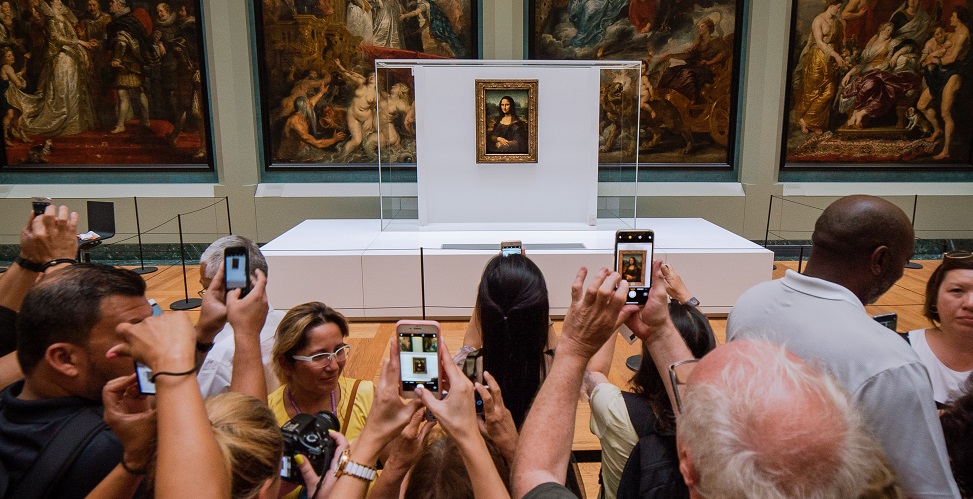Understanding NFTs and Their Current Investment Appeal

If you have any interest in finance or investing, you have likely moved on from the Gamestop stock drama and moved on to the exciting market of NFTs. However, if you’re like the average person, you might have no idea what all the hype is about. Still, recent stories, like Beeple’s, a digital artist, $69 million auction success might have you interested in a potential investment opportunity.
Understanding NFTs
An NFT is a non-fungible token, meaning it is not something with immediate and compensatory value. For example, money is a fungible asset. You can take a $10 bill and trade it for two $5 bills, maintaining the same value. When something is non-fungible, such equivalency trades are not possible.
The easiest way to understand the concept is with physical art. You know there is only one actual Mona Lisa, but you also know there are prints and posters of the work in stores and buildings worldwide. You cannot take a print or poster and trade it for the original, expecting it carries the same value. The painting is one-of-a-kind; it is unique despite having several copies floating around in the world. That is an NFT; it is a one-off of some digital asset.

Understanding NFTs and Digital Assets
It is easier to understand the principle of trading and selling physical assets, but when something is digital, the process seems strange, and it is to an extent. Digital assets are notoriously counterfeit or copied, so how can a person possess the one true asset?
The purchase of an NFT uses the process of tokenization, encrypting a specific digital asset into a blockchain to define ownership and track sales and transfers of the piece. It is all built off the back of systems like bitcoin, ensuring security and permanence of transactions.
[insert page='Offer' display='content']
Defining Value in NFTs
A common question for many investors is why are people spending millions of dollars on NFTs? A good question, but one more concerned with the intrinsic value of money rather than the speculative value of art and collection. You could just as easily ask why someone would spend millions of dollars for a Monet painting?
In cryptocurrency and investment, NFTs are akin to autographed baseball cards or original pieces of art. Sure, someone can create or own a copy, but only one person can possess the original.
That does not mean that every NFT is worth millions of dollars or will maintain any value in the future. In fact, widespread speculation is that NFTs exist in a bubble that will eventually burst, likely resulting in significant losses to investors. However, many people are hanging in with the hopes that, like Bitcoin, NFTs will see substantial gains in the future.
The digital assets currently making the most money at auction come from well-known digital and real-world artists and influencers. Currently, as with trading cards and other items of extrinsic value, the value stems from the popularity of an individual and the demand of their audience.
As an investment opportunity, NFTs are a significant risk, especially as an unproven investment vehicle. There are more tangible and conservative investment opportunities that offer more realistic and predictable gains. What do you think about the hype surrounding NFTs? Is it worth it, or is it just another silicon valley magic bean? Leave a comment to keep the conversation going.

